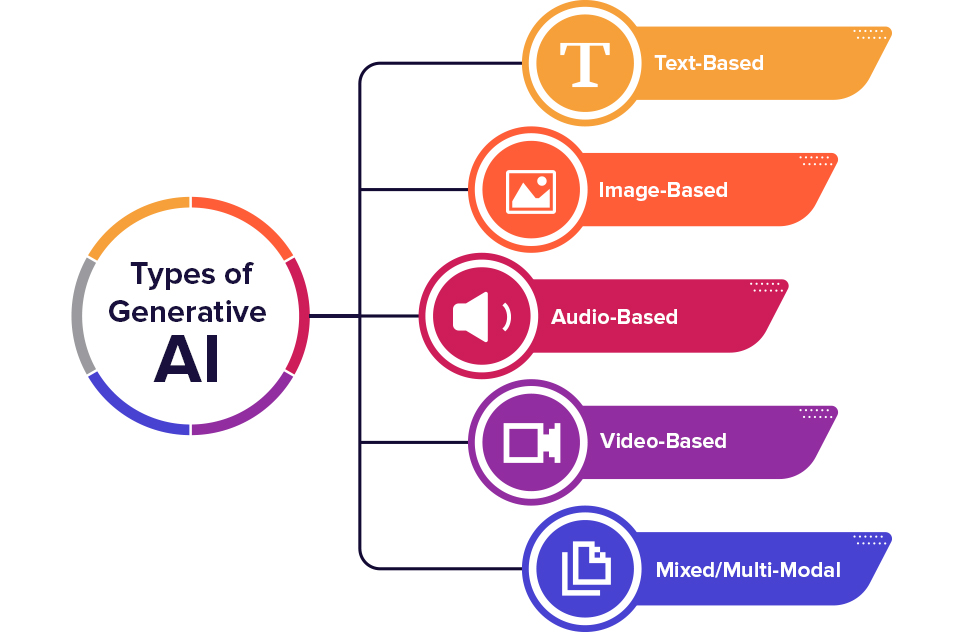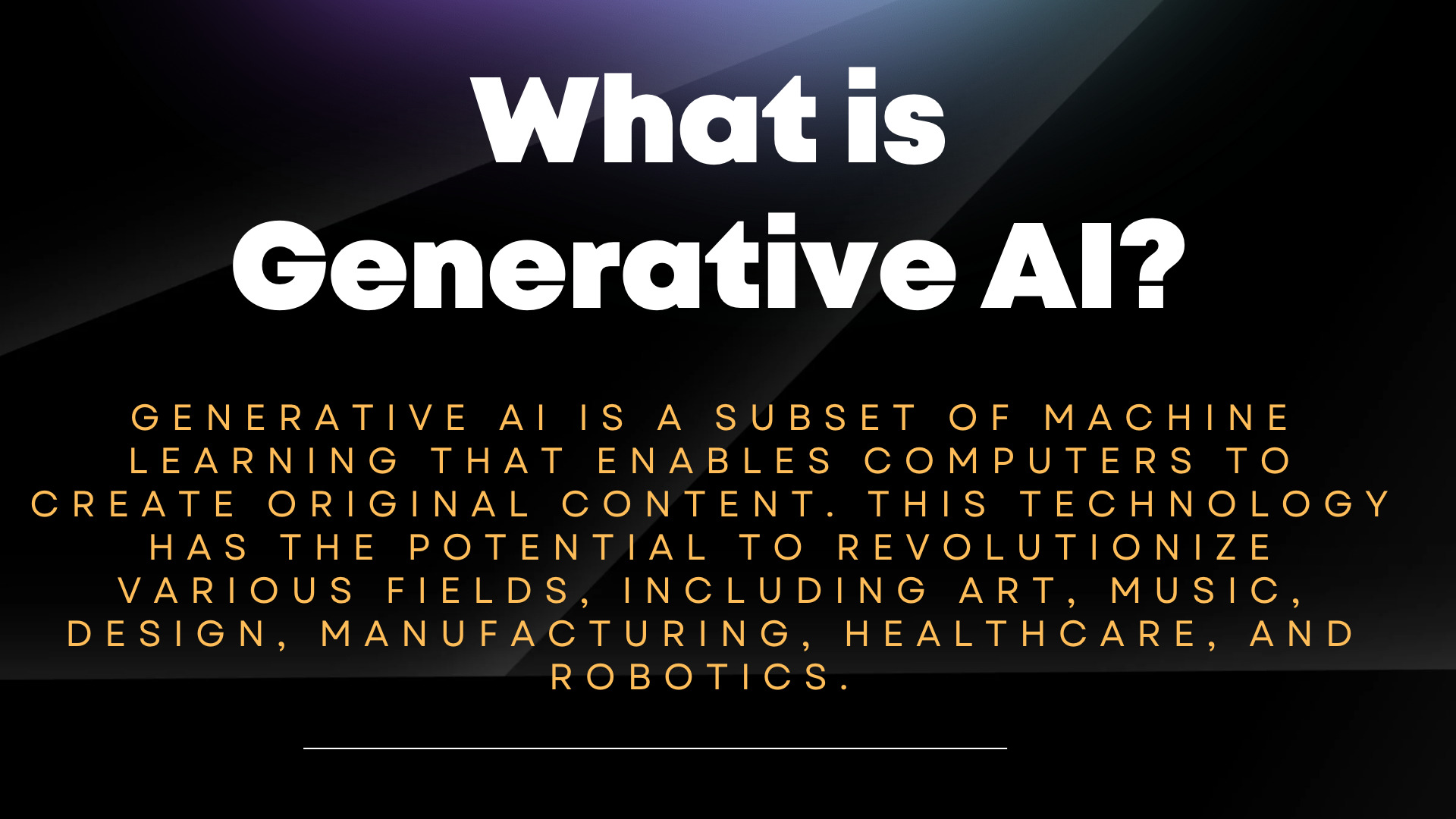All Categories
Featured
That's why a lot of are applying vibrant and smart conversational AI versions that clients can interact with through message or speech. GenAI powers chatbots by understanding and generating human-like text reactions. In addition to client service, AI chatbots can supplement advertising and marketing efforts and assistance inner communications. They can additionally be incorporated right into internet sites, messaging applications, or voice aides.
A lot of AI business that train huge designs to produce message, pictures, video clip, and sound have not been transparent regarding the content of their training datasets. Various leaks and experiments have exposed that those datasets consist of copyrighted material such as publications, newspaper write-ups, and motion pictures. A number of claims are underway to establish whether use of copyrighted material for training AI systems makes up fair usage, or whether the AI companies require to pay the copyright owners for use their product. And there are obviously lots of classifications of negative things it could theoretically be made use of for. Generative AI can be used for tailored rip-offs and phishing attacks: For instance, using "voice cloning," scammers can copy the voice of a particular person and call the person's household with an appeal for aid (and money).

(At The Same Time, as IEEE Spectrum reported today, the united state Federal Communications Commission has reacted by outlawing AI-generated robocalls.) Picture- and video-generating tools can be made use of to generate nonconsensual porn, although the devices made by mainstream companies disallow such use. And chatbots can theoretically walk a potential terrorist via the steps of making a bomb, nerve gas, and a host of other scaries.
What's more, "uncensored" versions of open-source LLMs are around. In spite of such possible troubles, lots of people assume that generative AI can also make people a lot more productive and can be utilized as a tool to enable entirely brand-new kinds of imagination. We'll likely see both calamities and innovative bloomings and lots else that we do not expect.
Find out more regarding the math of diffusion designs in this blog site post.: VAEs contain two neural networks normally described as the encoder and decoder. When offered an input, an encoder converts it into a smaller, much more thick representation of the data. This compressed representation preserves the information that's required for a decoder to rebuild the original input data, while throwing out any type of unnecessary information.
Ai And Iot
This permits the user to quickly example brand-new concealed representations that can be mapped with the decoder to produce unique information. While VAEs can create outcomes such as images faster, the pictures generated by them are not as detailed as those of diffusion models.: Found in 2014, GANs were considered to be the most frequently used approach of the 3 prior to the recent success of diffusion models.
The two designs are trained with each other and get smarter as the generator produces better web content and the discriminator improves at detecting the generated material. This treatment repeats, pushing both to continuously enhance after every version till the produced material is equivalent from the existing content (AI trend predictions). While GANs can provide top quality examples and produce outcomes rapidly, the example variety is weak, for that reason making GANs much better suited for domain-specific data generation
Among the most prominent is the transformer network. It is crucial to understand how it operates in the context of generative AI. Transformer networks: Similar to reoccurring semantic networks, transformers are made to refine sequential input information non-sequentially. 2 systems make transformers especially proficient for text-based generative AI applications: self-attention and positional encodings.
Generative AI starts with a foundation modela deep understanding version that offers as the basis for numerous different kinds of generative AI applications. Generative AI tools can: Respond to prompts and questions Create pictures or video Sum up and synthesize information Revise and edit material Produce imaginative works like music make-ups, stories, jokes, and poems Create and fix code Adjust data Create and play video games Capabilities can vary significantly by device, and paid variations of generative AI devices commonly have specialized features.

Generative AI devices are constantly learning and progressing however, as of the day of this publication, some constraints include: With some generative AI devices, consistently integrating genuine research right into text continues to be a weak capability. Some AI tools, for example, can generate text with a recommendation listing or superscripts with links to sources, yet the recommendations frequently do not represent the message produced or are phony citations made of a mix of real magazine information from numerous sources.
ChatGPT 3.5 (the cost-free variation of ChatGPT) is educated using data readily available up till January 2022. ChatGPT4o is trained using information readily available up until July 2023. Various other tools, such as Poet and Bing Copilot, are constantly internet linked and have access to current details. Generative AI can still make up possibly wrong, simplistic, unsophisticated, or prejudiced responses to inquiries or prompts.
This list is not detailed however includes a few of one of the most widely made use of generative AI tools. Tools with totally free versions are shown with asterisks. To request that we add a tool to these listings, contact us at . Elicit (summarizes and manufactures resources for literary works reviews) Discuss Genie (qualitative study AI aide).
Latest Posts
What Industries Use Ai The Most?
Computer Vision Technology
What Are Ai's Applications In Public Safety?